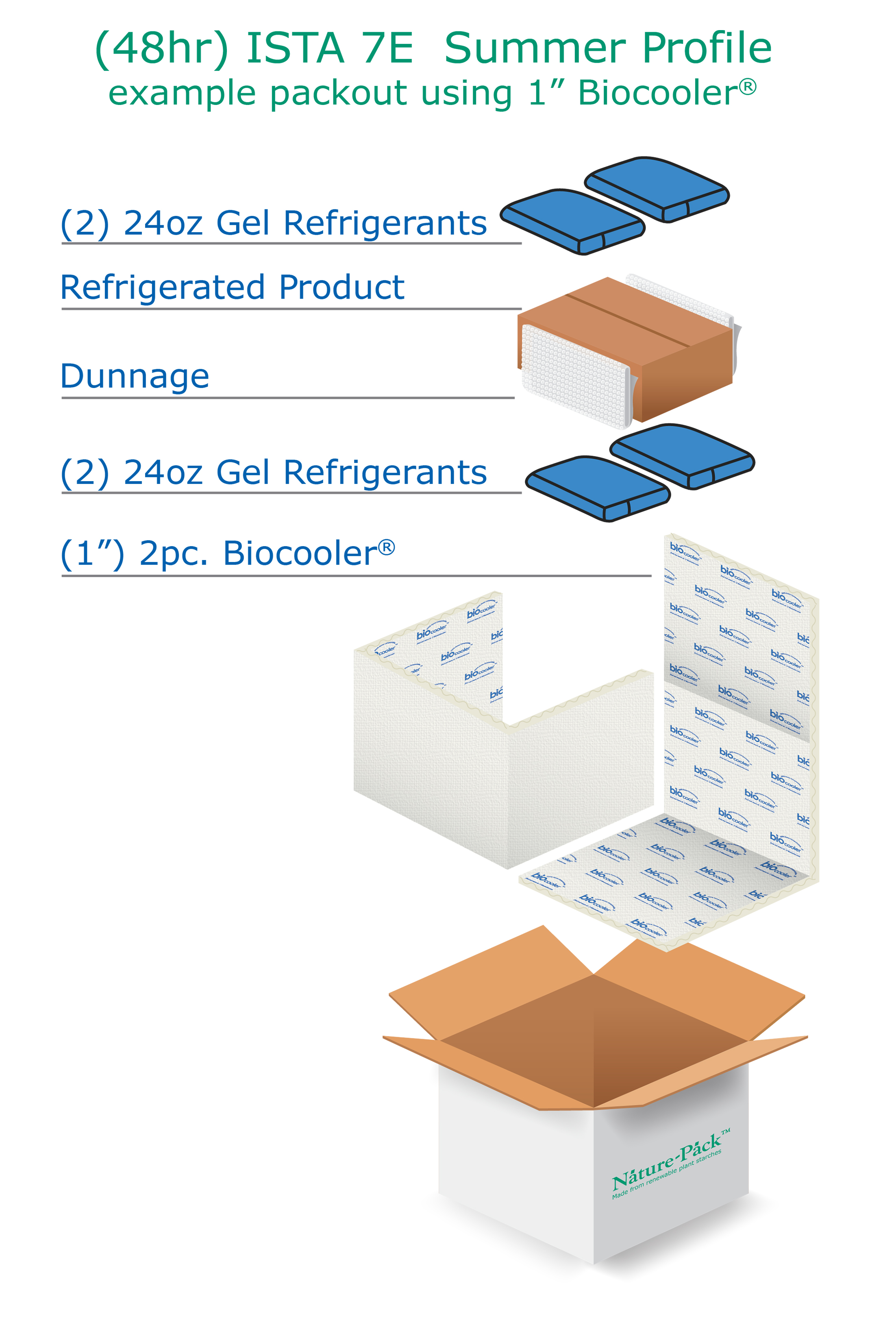Temperature Groups
Quality products need temperature assurance
Frozen Refrigerated Controlled Room TempFrozen (below 0°C)
It’s important to understand that dry ice shipments typically last up to two days, depending on ambient temperature, insulation thickness, and other variables. After this timeframe, shipments become susceptible to odors, off-flavors, changes in texture, and eventual spoilage as rising temperatures lead to the increased growth rate of microorganisms.
Utilizing the appropriate amount of dry ice is key to a successful shipment. A general rule of thumb is to use approximately 5 -10 lb. for every 24-hour period your frozen product will be in transit.
Tips for Shipping with Dry-ice
- Freeze products before packaging
- If the shipment contains liquid or perishable products that can melt or thaw, bag the products or line the insulated container using a minimum 2-mil watertight plastic bag.
- Place a sufficient amount of dry ice in the insulated container on top of and around the products.
- Fill void spaces with dunnage material such as loosefill peanuts.
- Close the liner bag (if used) but do not completely seal it, as the carbon dioxide gas created by the dry ice must be allowed to vent.
- Close and securely tape the box with pressure- sensitive plastic tape. Apply tape to all flaps and seams.

Refrigerated (0°C – 15°)
Refrigerated products are susceptible to hotter temperatures, making it crucial to understand the best way to keep your products at desirable temperatures.
Nature-Pack™ can offer you assistance on how to ship your refrigerated products with a variety of eco-friendly insulating options to meet your temperature sensitive needs.
Tips for Shipping Refrigerated Products
- Use insulated containers with a minimum of 1-1/2″-thick walls.
- Bag perishable products that can melt or thaw, or shipments that contain liquid, using minimum 2-mil watertight plastic bags.
- Place containers inside sturdy outer containers. Use only new boxes that meet the weight requirements for the items being packed.
- DUse a refrigerant that will keep products within the required temperature range. Use gel coolants for refrigerating products between 32°F and 60°F (0°C and 16° C).

Controlled Room Temperature (15º – 25ºC)
Many products need to be kept at or near room temperature, not too hot or too cold, for up to 72 hours during shipping. Our engineered packouts protect your shipments from the extreme temperature swings while in transit.
Controlled Room Temperature shipping is required when your products are temperature sensitive. FDA requirements on regulated products often dictate a specific temperature range from origin to delivery. Packaging for such shipments must be engineered to meet strict standards or risk the destruction of valuable cargo.
Tips for Ambient Temperature Shipments
- Special phase-change packs may be needed for specific temperature ranges
- Seasonal changes are likely to require change to packout
- Study of supply chain logistics are taken into account when selecting proper insulation


